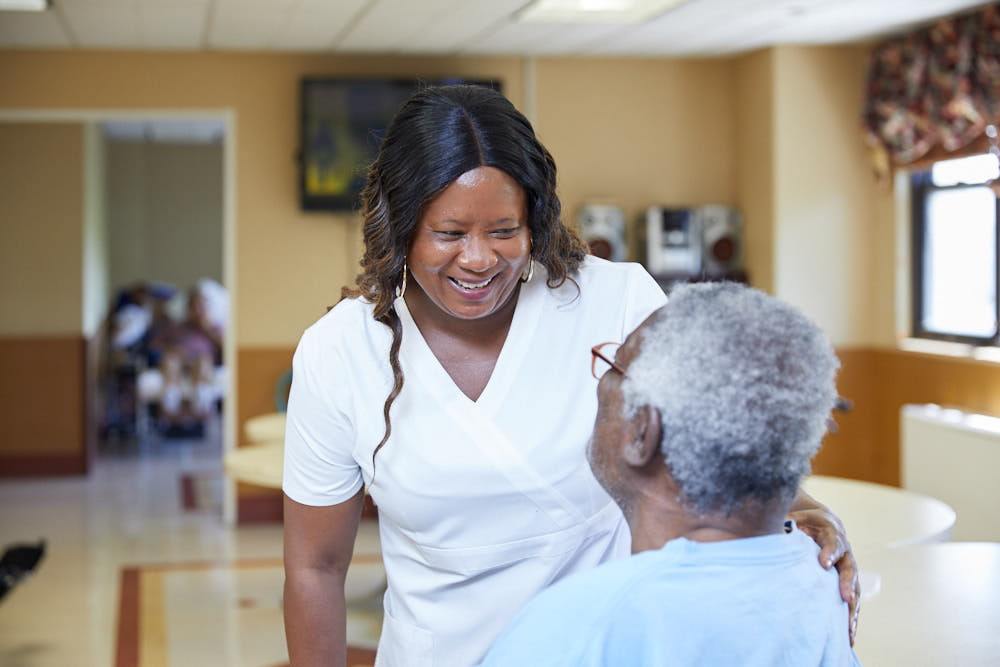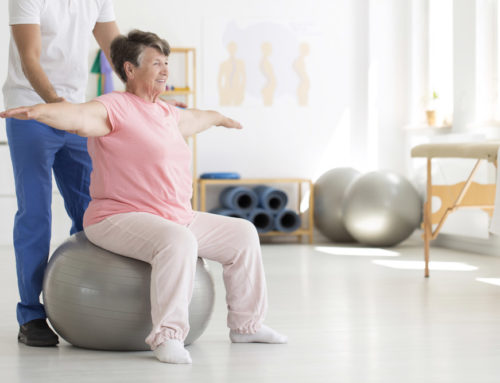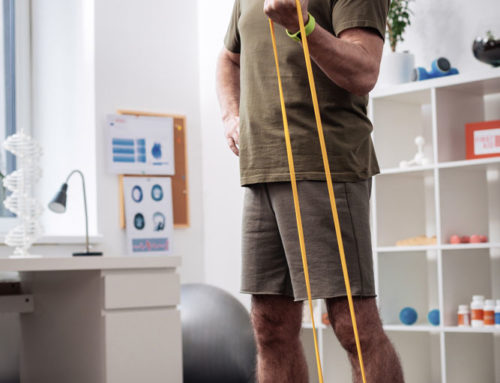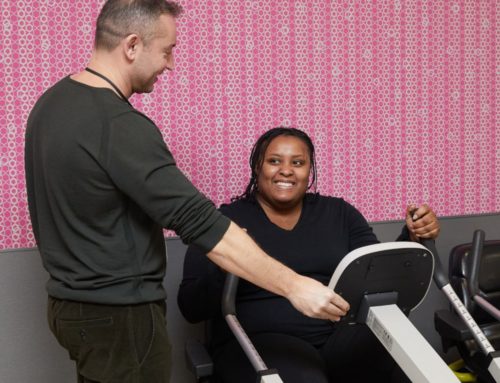Limited Mobility In Neck And Shoulder: What Causes It?
For people with limited mobility in neck and shoulder, turning your head or combing your hair can be painful. And the pain can prevent you from doing some of the things you would normally do or enjoy doing. That’s why it’s important to understand what causes lack of range of motion in these areas.
Shoulder disorders, such as frozen shoulder, can cause a lot of pain and prevent you from sleeping well. The best remedy for limited mobility in neck and shoulder is physical therapy, which also involves education. Done safely and under the supervision of a professional therapist, progress and relief from pain can be achieved.
The following is an overview of the causes of neck and shoulder pain and what can be done about it. However, be aware that if you or loved ones have this condition, you should seek medical advice.

Limited Neck And Shoulder Mobility Causes
Problems moving the neck are often linked to issues around shoulder pain and mobility. That’s because the bones, muscles, connective tissues, nerves and joints in the two body parts are closely linked.
One of the most common causes of problems leading to limited mobility in the neck and shoulder is poor posture. Too many of us lead sedentary lifestyles these days or spend stressful hours hunched over a computer.
Other common causes are a shoulder blade or neck injury, a broken collarbone, or a sprain or strain. Many elderly people also suffer from rotator cuff problems caused by the wearing out of connective tissue in the shoulders. Limited mobility in the neck and shoulder may also be caused by shoulder bursitis, when sacs of fluid near joints become inflamed, causing pain.
How to improve neck and shoulder disorders
Improvements to neck and shoulder disorders can be achieved by gentle tilting, stretching, rotating, or muscle-strengthening exercises. Seek advice from a physiotherapist and never perform such exercises if it makes the pain worse.
Stress, age, and poor diet may contribute to neck and shoulder problems. Eat healthy food, socialize, and engage in enjoyable activities that keep you moving. Cold muscles are tense muscles and tend to give you limited mobility in the neck and shoulder. Be sure to keep your neck and shoulders warm in winter.
How to ease pain in your neck and shoulder?
Avoid jobs or actions that require constant repetition of a certain movement. This can lead to painful shoulder impingement syndrome when tendons of the shoulder become compressed.
Pain can sometimes be eased by applying a hot or cold compress to the affected area. Physical therapy and gentle neck and shoulder exercises, done safely, can also help. Talk to your doctor and/or therapist about medication and the use of pillows at night. Limited mobility in neck and shoulder can gradually be improved by a combination of the above-mentioned wellness measures.
We at Fairview Adult Day Care Center in Brooklyn NY have seen a lot of adults and seniors with shoulder and neck disorders. Shoulder pain can one of the difficult one to handle, but rehab therapies, including physical therapy can help tremendously.
This article is for educational and informational purpose only and does not substitute for professional medical advice. For any questions about your own health condition, speak to a qualified physician or healthcare provider.







Leave A Comment